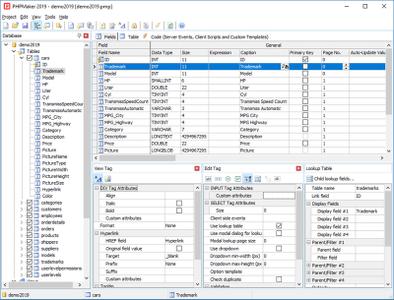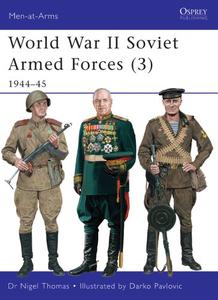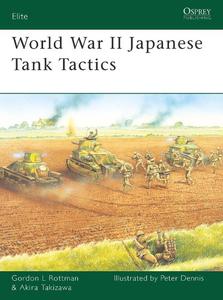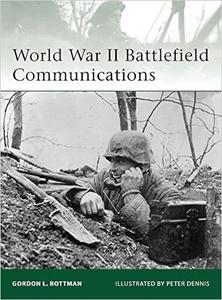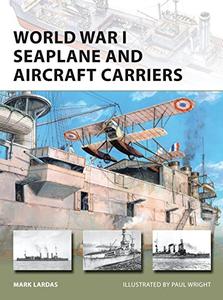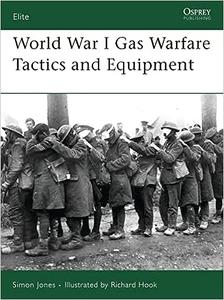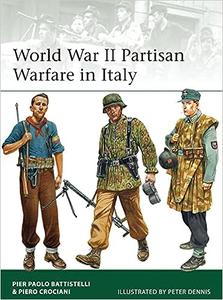 Free Download Pier Paolo Battistelli, Piero Crociani, Peter Dennis, "World War II Partisan Warfare in Italy"
Free Download Pier Paolo Battistelli, Piero Crociani, Peter Dennis, "World War II Partisan Warfare in Italy"
English | 2015 | pages: 65 | ISBN: 1472808932 | PDF | 8,4 mb
When Italy surrendered in 1943, it sparked a diverse resistance movement of anti-German, anti-fascist partisans who rose up against German occupation. This book explores the tactics, organizational structure and equipment of the brave Italian resistance fighters, who knew exactly what was at stake when operating against their German occupiers. Beginning with low-level sabotage and assassinations, the groups grew until spring 1944 when they numbered around 100,000, and as the Allies advanced to the Gothic line, a remarkable, unified partisan command structure was created. The partisans began to work in close co-ordination with the Allies, receiving British SOE and American OSS liaison teams as well as supplies of weapons. The German response was eye-watering in its ferocity and brutality, as the SS and Italian RSI looked to eradicate the partisans once and for all when the Allied advance stalled in Autumn 1944. But when the Allies made their final breakthrough in the last weeks of the war the partisans rose in force to pile the pressure on the retreating Wehrmacht.
(more…)




